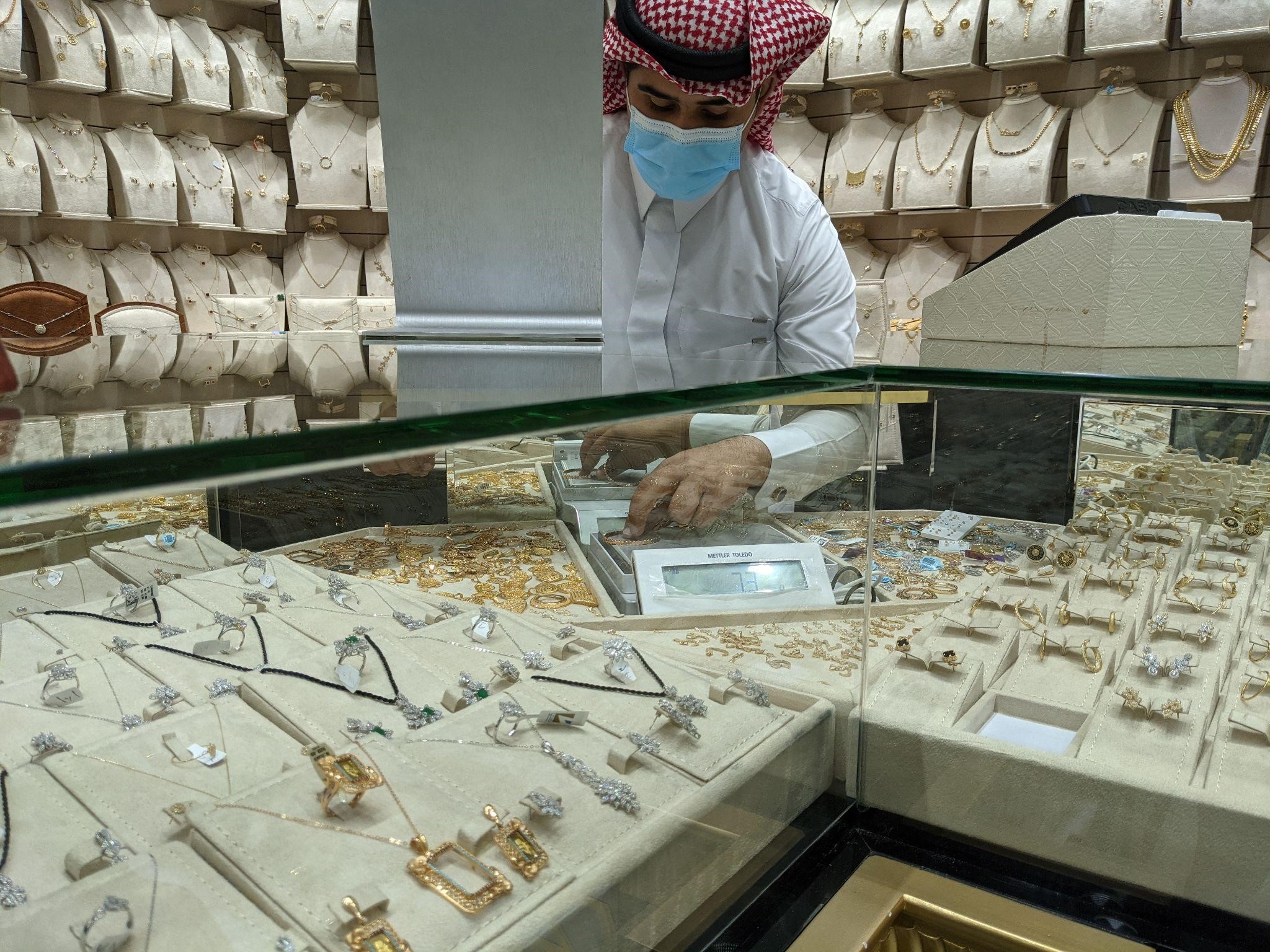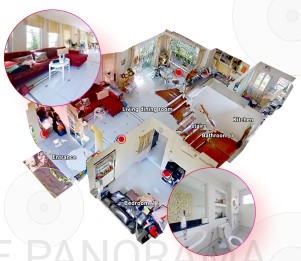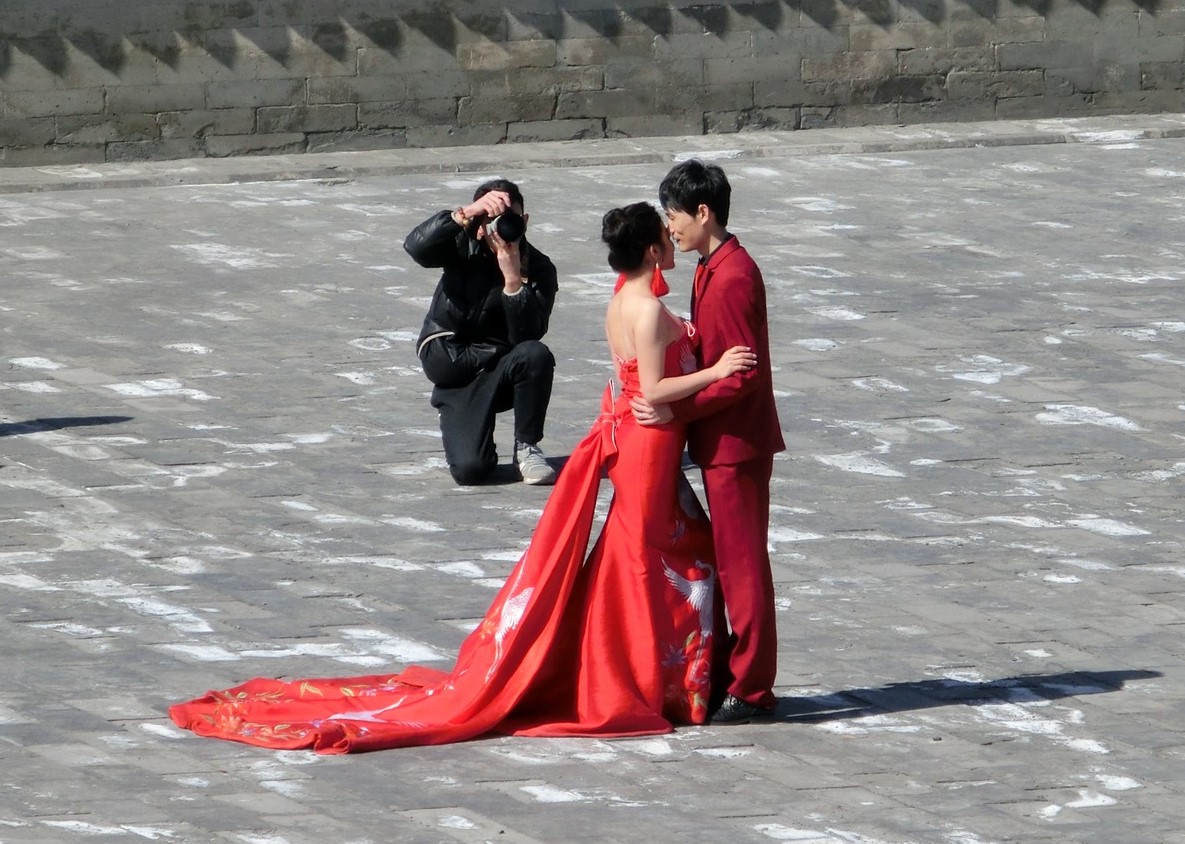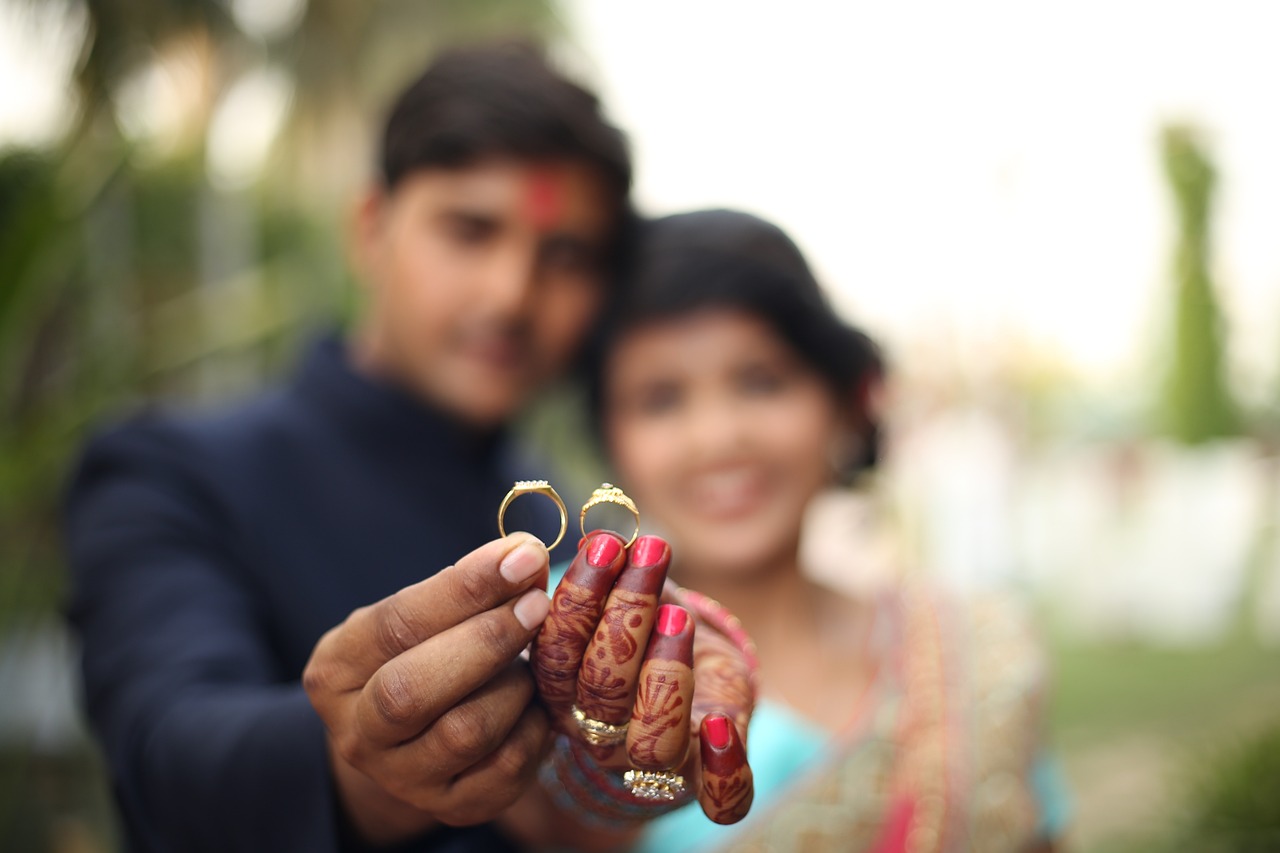[Global Series: Marriage and Assets] Saudi Arabia: Preparing for Marriage
- Release date: Nov 15, 2022
- Update date: Oct 14, 2025
- 7128 Views

Saudi Arabia lifted its ban on women driving in 2018. Since then, women have gained more autonomy, and many are now actively participating in society. This article explores Saudi Arabia's marriage customs and the necessary preparations for marriage, featuring the perspectives of Muhammad and Mariam, a couple in their twenties preparing for their wedding.
Marriage in Saudi Arabia
In Saudi Arabia, there are two main patterns for marriage. One is where the man informs his family of his desire to marry, and the family arranges it (without a specific partner in mind). The other is where the man informs his family of the person he wishes to marry (with a specific partner in mind). In both cases, the man's action is the key point. Here, we will outline the general steps leading to marriage using the second pattern, where the man introduces his chosen partner to his family.
First, the man informs his mother that he wishes to marry a particular woman and asks her to call the woman's mother. Then, an opportunity for discussion is arranged, and a meeting is held between the man and his mother, and the woman's parents, to allow both families to get to know each other deeply. Afterwards, the man and woman meet face-to-face for about five minutes; during this time, the woman does not wear coverings such as an abaya (a black cloak-like garment concealing the body's shape) or a hijab (a scarf). In cases where there is no specific partner, the man and woman may not have met before this meeting. After the meeting, the man waits several days to a week for contact from the woman's family. If the woman's family gives their consent, a betrothal ceremony called a “hotba” is held at the woman's home. The man's family, uncles, and aunts are also invited, and a portion of the Quran is recited. Typically, the woman's family hosts the event, serving dinner, coffee, or tea. Between the engagement ceremony and the wedding ceremony, a dating period of approximately 3 to 6 months is established for the man and woman. During this time, the man's family prepares funds for the wedding. Dating is not permitted before the engagement. The first wedding ceremony takes place at a mosque or the bride's home. The fathers of the groom and bride sit facing each other, with a Sheikh (a tribal elder, chief, or revered wise man) between them. They perform customary rituals, such as shaking hands, to formalize the marriage. The bride is not present at this ceremony. While marriage contracts were traditionally paper-based, they can now be conducted using electronic devices like smartphones or computers. Following this, the Merka, the groom's wedding ceremony, takes place. This is an all-male event attended only by the groom's male family members and friends, along with the bride's male relatives. The bride's father covers the venue costs for the groom's ceremony. If the wedding involves a large number of guests, the groom may sometimes cover these costs. Subsequently, the Zawaj, the bride's wedding ceremony, occurs. This is attended only by the bride's female family members, her female friends, and the groom's female relatives. The bride and groom are presented at the end of the ceremony. At this time, all female attendees wear an abaya and hijab. The groom participates in the ceremony for about 5 to 30 minutes. It is customary for the groom to cover the expenses for this part. The sequence of events leading up to the wedding described above is the arrangement followed in Jeddah, located in the western part of Saudi Arabia. The sequence differs if the couple resides in different areas or if they are nomads.
Assets prepared by the male party
Before the wedding ceremony, the groom's family prepares most of the assets. The amount of cash given to the bride, known as the mahar, varies, with the standard range being 20,000 SAR (approximately ¥750,000) to 100,000 SAR (approximately ¥3,750,000). Some give even larger sums. It is customary to present jewelry along with the mahar, such as gold accessories like rings, bracelets, and necklaces. Muhammad presented Mariam with a bracelet at their engagement ceremony. Generally, Saudi residents often prefer purchasing gold jewelry over diamond pieces. For instance, it is customary to gift a gold bracelet to a newborn baby as a birth present.
Mahar and jewelry are placed in a box along with oud (agarwood) and brought to the woman's home.

Gold accessories are popular
Being conscious of marriage and starting a family from a young age
A Saudi man in his twenties is diligently job hunting, stating, “I want a well-paying job, not just a part-time gig.” When asked why he insists on a high-income position, he explained, “I want to prepare money and a home before I get married.” Many men share this view, suggesting a strong interest in marriage. In Saudi Arabia, many people hold the belief that men should not only cover the necessary expenses before marriage but also financially support their wives after marriage. Consequently, it's thought that many men start considering their future, including marriage and having children, from a young age when seeking employment. In Saudi Arabia, women prepare very little money for marriage. Their preparations mainly involve hiring a female photographer for wedding photos and purchasing a white dress. Furthermore, the mahar (cash gift) given by the groom allows the bride to purchase a full set of new clothes, shoes, accessories, and bags. This symbolizes the bride's new beginning, and many dedicate themselves to enhancing their beauty until the wedding day, visiting hair salons, beauty clinics, and dentists.
Women are now allowed to drive in Saudi Arabia, a car-dependent society.
Cars are essential for daily life in Saudi Arabia, serving as the primary means of transportation for everything from commuting to school drop-offs and pick-ups. Many people hire drivers. Japanese cars are trusted, with Toyota being particularly popular, even among female drivers. Recently, Chinese-made cars have also gained popularity due to their affordable prices and are commonly seen. Since the lifting of the ban on women driving in 2018, women have been actively pursuing driver's licenses. Due to a shortage of driving schools, there was a period where waiting times reached up to four months. Few people seem to consider purchasing a car specifically because of marriage.
Saudi men are increasingly required to provide substantial assets when preparing for marriage. However, in recent years, women's participation in the workforce has gradually increased, with more women now working. This trend also signals that times are changing.
What is Consumer Life Panorama?
This is a website-type database that has accumulated visual data on more than 1,000 sei-katsu-sha from 18 countries around the world. The database includes many 3D models of living environments and 2D data of items owned by each sei-katsu-sha, and is useful for understanding overseas sei-katsu-sha, which is difficult to grasp using only letters and numbers.
Using visual data such as those cited in this column,
Compare the differences in the attributes of overseas consumers
To get a realistic understanding of the actual usage of each category
To understand the overall lifestyle of target consumers
etc., can be utilized as a “no-go” home visit survey.

-

Author profile
TNC Lifestyle Researcher
Lifestyle Researchers, a network of 600 Japanese women living in 100 regions across 70 countries worldwide, operated by TNC Inc., uncovers trends invisible in statistics and captures authentic voices of consumers. Based on this raw data, we provide proposals for solving corporate challenges and develop product concepts. https://www.tenace.co.jp/ Profile of the person in charge: Residing in Saudi Arabia for the sixth year. Marriage in Saudi Arabia differs significantly from other countries in many ways, offering fresh discoveries and surprises.
-

Editor profile
Chew Fong-Tat
I am a Malaysian researcher. I came to Japan 15 years ago and am still based in Tokyo, sharing insights about Southeast Asia and other overseas markets.
 Global Market Surfer
Global Market Surfer CLP
CLP


